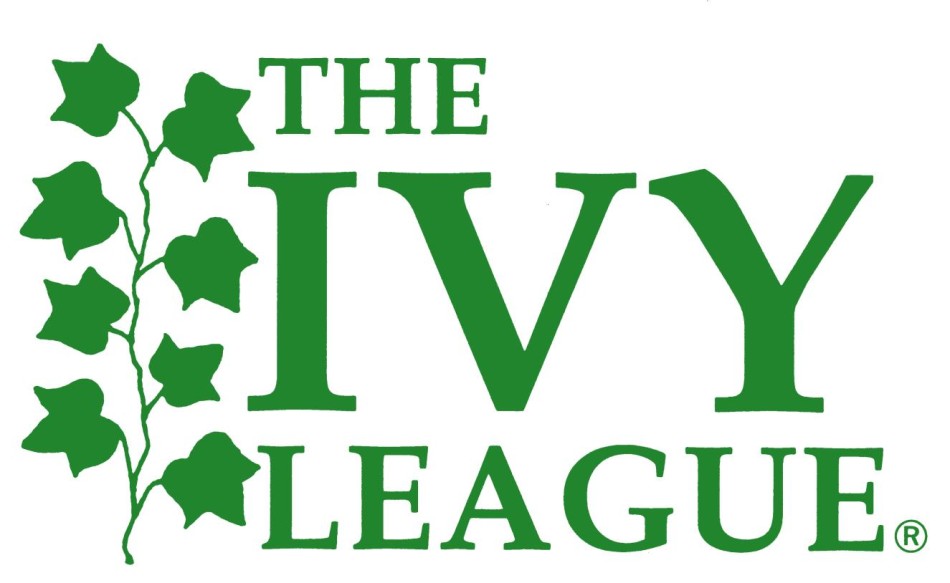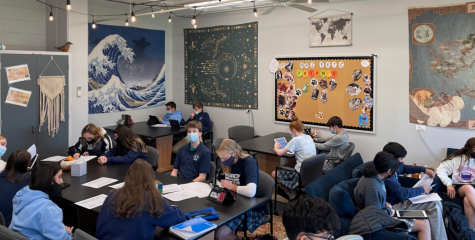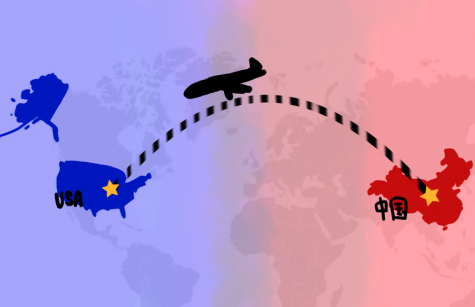The common “athlecation”
A somewhat sufficient solution to the tilted game that is college admissions
October 2, 2014
High schoolers today are focused on the end game which often is to get into college. Customarily, students would simply need to earn the best grades possible in order to gain admission into their dream school. This goal, however, can been achieved through a very different path lately. While college admissions are getting stiffer and stiffer, students are specializing in areas in which they excel in order to best stand out in the extraordinary applicant pool.
No longer is the world of college sports dominated by large public universities. Academic powerhouses like Harvard and Yale have both made NCAA tournament appearances in the past two seasons, Stanford football has had two Rose Bowl appearances within the last 3 years and Boston College is consistently atop the elite college hockey programs. Now what influenced this change? Lucrative incentive, that’s what. During the 2012 football season alone, the University of Alabama football program single-handedly raked in $81,993,762 million dollars for the school by way of merchandise, television rights, ticket sales etc. Not to mention additional monetary donations from satisfied boosters and alumni.
Seeing as money is doing most of the talking, the desired group of students has shifted from superior students to superior athletes as colleges wish to garner both fans and financial support through strong sports programs. The dilemma is that these extraordinary athletes (more often than not, though not in all cases) lack the equivalent academic qualifications of their fellow applicants. Thus, top-tier students are no longer competing with each other, but rather with top-tier athletes. Apples and oranges really. Throughout their high school careers, students and student-athletes are working with totally different priorities, thus making the current “standardized” application system devastatingly flawed. Fortunately, however, the solution is simple: disregard an athlete’s academic capabilities completely and instead institute an application based solely upon their athletic prowess and achievements.
Such an application, entitled The Common Athlecation, would be comprised entirely of factors relevant to athletes. As opposed to the traditional American College Test and Scholastic Aptitude Test (commonly referred to as the ACT and SAT, respectively) their classmates will be taking, athletes will be required to take either the Athletic Capability Test or the Sports Achievement Test. This testing records an athlete’s measurables and ultimately a single number is computed in relation to a 0-36 scale. Furthermore, the requirement that athletes meet a minimum 2.3 grade point average in order to maintain eligibility would be a thing of the past. Athletes would be mandated to enroll in classes pertinent to their sport, and such classes and varsity sports would carry the same weight as AP classes do when calculating GPAs and filling out applications. The traditionally academic aspects would be reconstructed in order to best present an athlete’s qualifications when applying to top-tier athletic programs.
Additionally, the Common Athlecation would provide athletes an opportunity to present themselves beyond their test scores and GPAs. In terms of achievements and awards, applicants could denote any major game, tournament, combine etc. that they have participated in and/or for which they have earned honors. Now that “big game” or “game-winning catch” truly does matter! As opposed to the trite essay in which athletes attempt to recreate that perfect moment, the application itself would tell that heart-warming story. Furthermore, “extracurriculars” include any travel/club sports, outside conditioning/training programs etc. The amount of time spent on such activities would be recorded and truly be a testament to the athletes’ dedication. Nazareth Offensive Lineman and Ivy League Recruit Patrick Kilcommons explains that football consumes “about three hours of [his day] year round” while Nazareth pitcher and two-sport athlete Donald Kelly adds that baseball takes up “most of my life. Six months of my life is basically dedicated to [it].” With this level of commitment, it would be expected that extracurriculars are entirely centered around their respective sport; gone are the days of athletes suffering through a season on the Mathletes rambling ‘the limit does not exist’ to bolster their applications!
Moreover, the Common Athlecation would benefit not only individual athletes but educational institutions as a whole. In a manner comparable to math and science academies, specialized high schools would be created in order to accommodate the athletes’ rigorous class schedules. Their traditional high school counterparts would thus have more time and the finances to strengthen their academic offerings and fine arts programs rather than allocating absurd quantities of money for their glorified athletic departments. Athletes would be more than adequately prepared to play in the world of college sports; scholars would be more than ready for the challenge of college courses and sophisticated research. Due to this innovative high school environment, a system would naturally be created that would sort students into colleges and universities that correlate with their paths pursued in high school. Athletes would no longer have to compete with science prodigies and published writers when applying to top schools. Leagues of top schools in every field would arise, and there would be new highly respected powerhouses in each league. The world of education would be revolutionized by the impressive skill that students would possess, not to mention the increased dedication to excellence and financial benefits brought to schools for top-ranked sports teams and astonishing academic research!
This system of cultivating athletic student bodies through the Common Athlecation is obviously the best route to go when recruiting athletes. The stress of communicating with recruiters, worrying whether academic test scores are adequate, and attempting to juggle the stress and work-load of academics and athletics can be eradicated. Should the Common Athlecation fail, prestigious colleges and universities could instead allot a predetermined amount of extra acceptances specifically for athletes prior to admitting their normal, full-time students. This would do away with the unleveled and incomparable competition amongst hopeful students and hopeful student-athletes. With this, universities would not have to concern themselves with “tightening” academic requisites for student athletes without fearing backlash from regular students, seeing as they are no longer in competition for a seat in class.
Overall, The Common Athlecation would be a highly successful and much appreciated component of the application process. Both Kilcommons and Kelly expressed their frustration in “not knowing whether you are going to get the offer or not” and then determining whether “you need to apply to schools normally.” With this proposed reform, students will be happier, and athletes will be able to dedicate themselves to what they truly love without lamenting over which schools are or are not interested in them athletically.
Although we are currently unsure of where we will end up in our collegiate pursuits, the majority of our options offer both top-notch academics and athletics! In fact, seldom do we miss school football games and we both look forward to attending as many college sporting events as possible and ultimately reaping the benefits of watching all of the pride and money these talented athletes will bring our respective schools!











